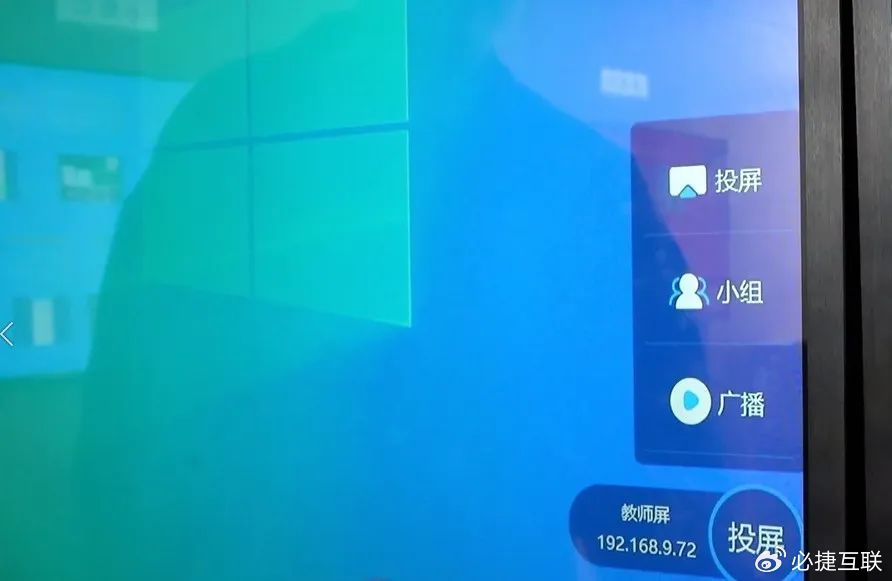Smart Classroom – Bijie Multimedia Collaboration System Smart Classroom Solution
The Bijie Smart Classroom solution adopts the BYOD teaching mode, achieving wireless screen projection and screen sharing on mobile phones and computers, allowing teachers and students to more flexibly and conveniently demonstrate and communicate teaching content wirelessly, effectively enhancing students’ enthusiasm for participating in learning activities.
This solution provides multiple different models of multimedia collaboration systems for customers with different budgets to choose from, providing a centralized management platform that supports large-scale deployment and facilitates remote management by school operation and maintenance personnel.
Compared to the education all-in-one machine+OBS computer+software solution, the Bijie solution has advantages such as stable functionality and no need to install software on teacher and student devices.
Compared to the one receiver, one transmitter hardware box solution, the Bijie solution has the advantages of no need to manage the transmitter hardware in the classroom, and no need to install software for teacher and student devices.
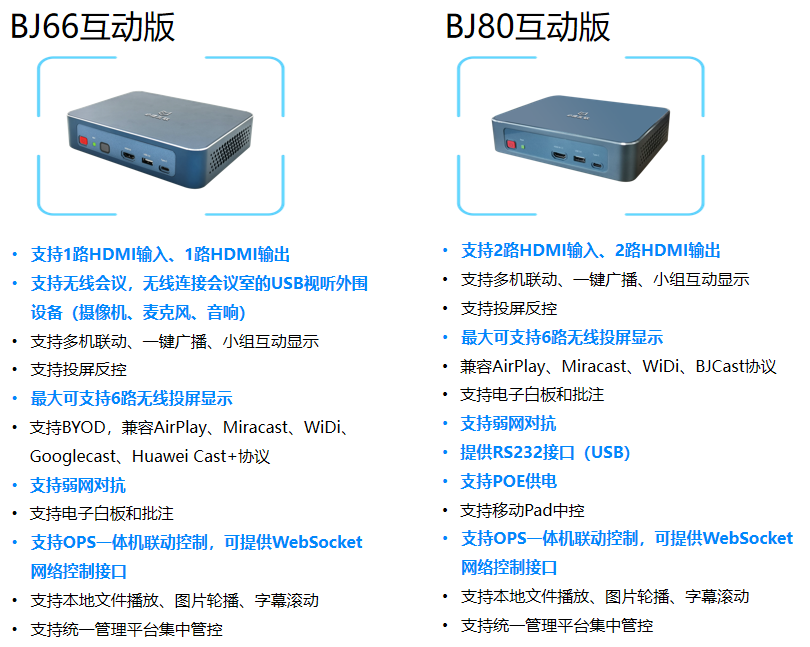
Device networking:
Connect the Bijie Multimedia Collaboration System to the multimedia classroom screen or projector for HDMI video connection

The specific demonstration is as follows:
1. Industrial Design: The product adopts an integrated structural design, with 2 built-in high-speed WiFi processing modules, a hidden high gain antenna, supporting 4K high-definition HDMI output, independent audio output, gigabit Ethernet interface, and USB expansion interface;
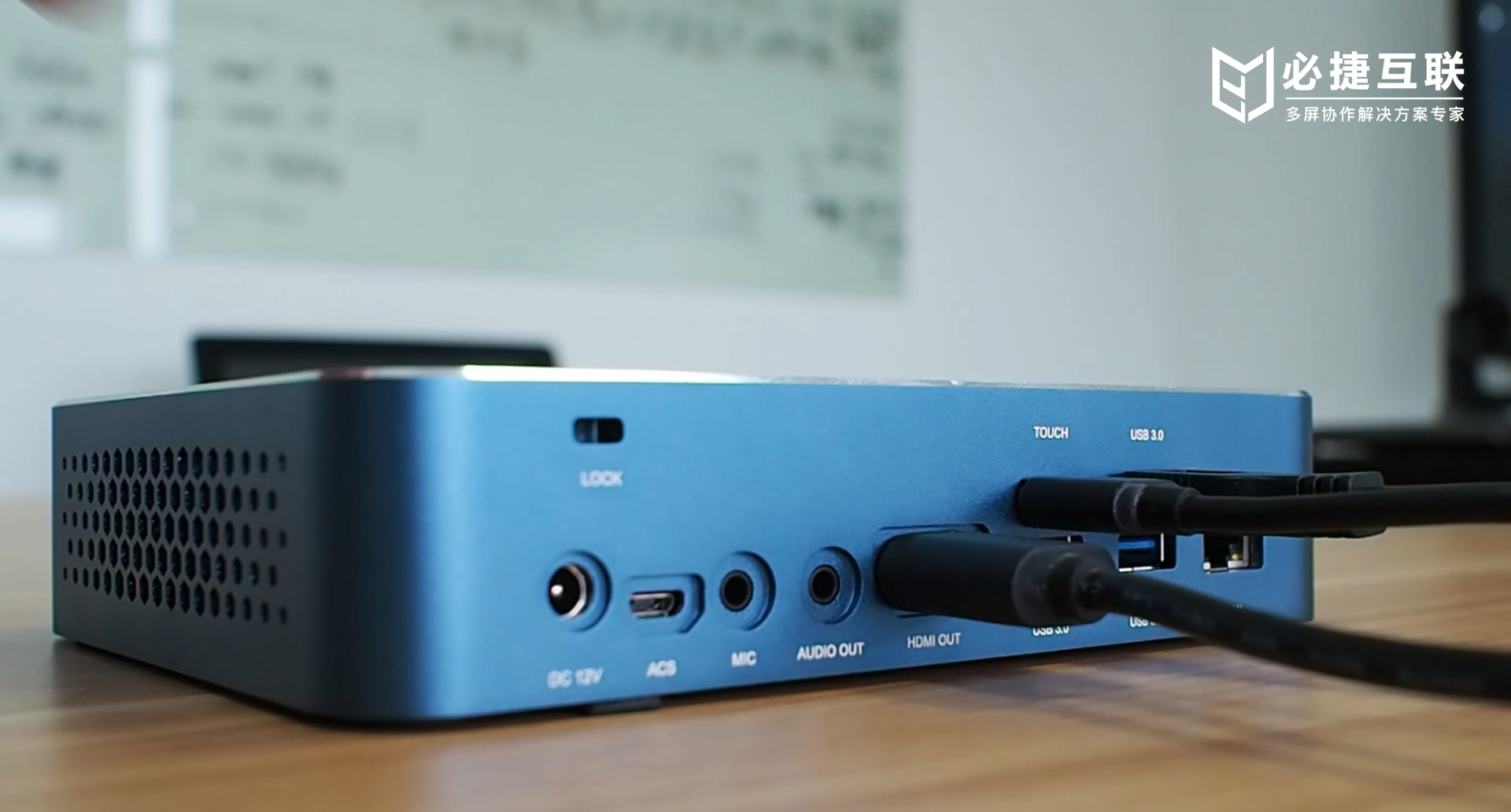
2. Wireless screen casting: The product supports mainstream wireless screen casting protocols, and devices carried by teachers and students can be cast without installing any software (supported protocols can be subtitled);

3. WEB centralized control management: supports unified centralized device management and maintenance, and can remotely control and manage network devices for operation and maintenance;
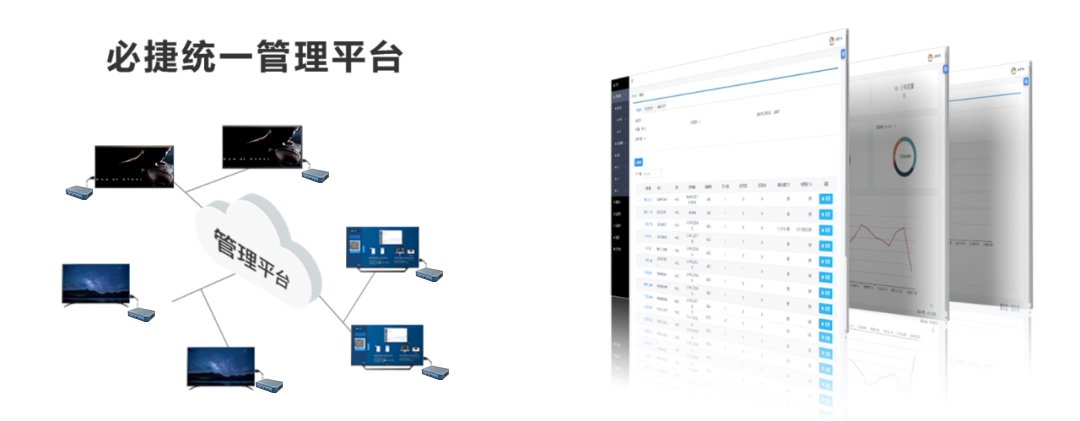
4. Central control integration: It can be integrated and docked with the central control system to achieve the integration and linkage of multimedia teaching information equipment, and can control group interaction and various functions with one click;
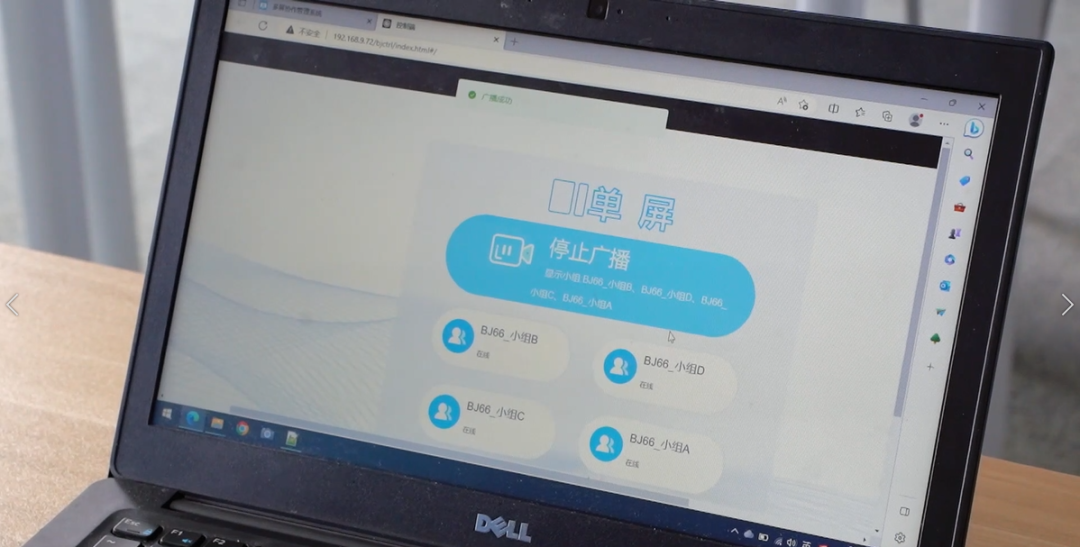
5. Recording and broadcasting integration: RTSP interface can be provided to connect with the school’s recording and broadcasting system, realizing the recording and storage of teaching screen projection audio and video;
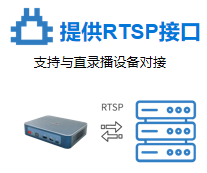
6. Screen mirroring reverse control: The product supports screen mirroring reverse control function, and teachers can reverse control the mobile intelligent terminal that is mirroring through the touch screen;
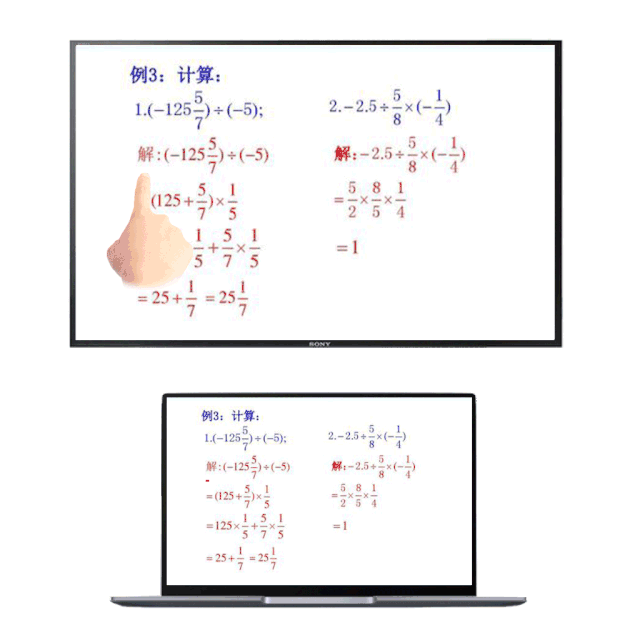
7. Multi screen display: supports multiple mobile devices to simultaneously project screens, supports teachers and students, and students and students to compare and display on the same screen; (Take separate images of the main screen and group screens, and display the same image in the later stage)
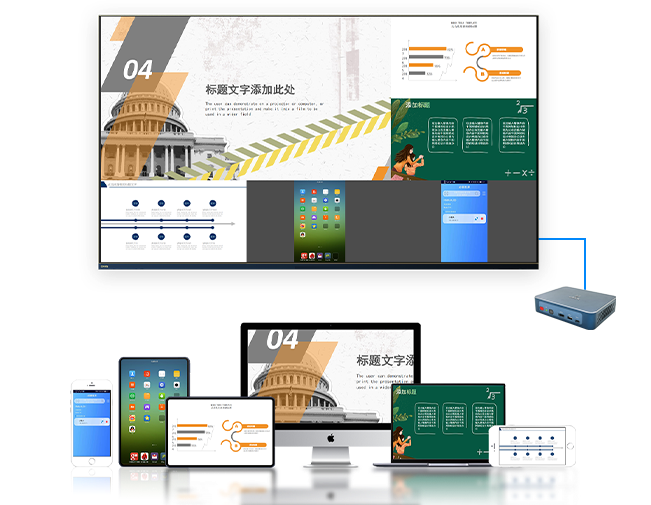
8. Information push: supports remote push of images, videos, and subtitles, and can play school teaching videos and notification information uniformly or specifically;
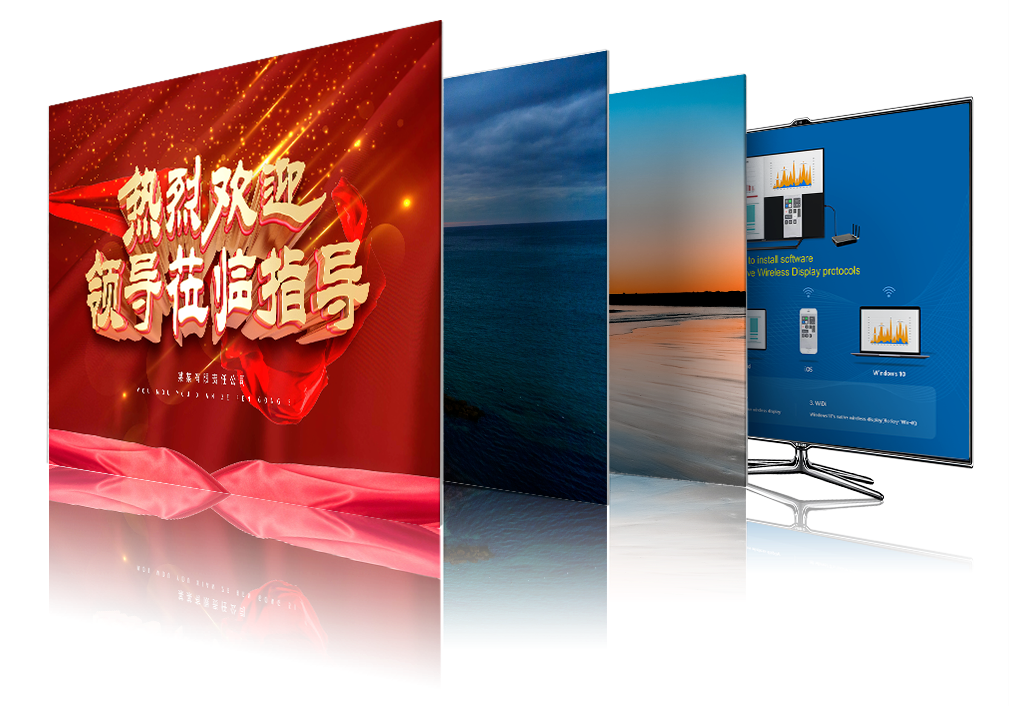
9. Whiteboard annotation: Equipped with electronic whiteboard and same screen annotation functions, teachers can try to annotate and comment on the screen projection screen;
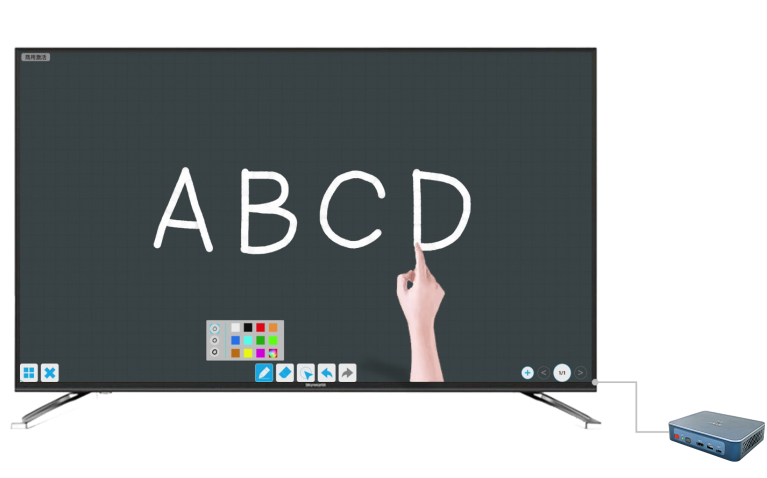
10. OPS linkage: It can be used in conjunction with the teaching all-in-one machine with its own OPS system, achieving linear display of the projection screen on the OPS system interface without the need to switch HDMI signal sources.
